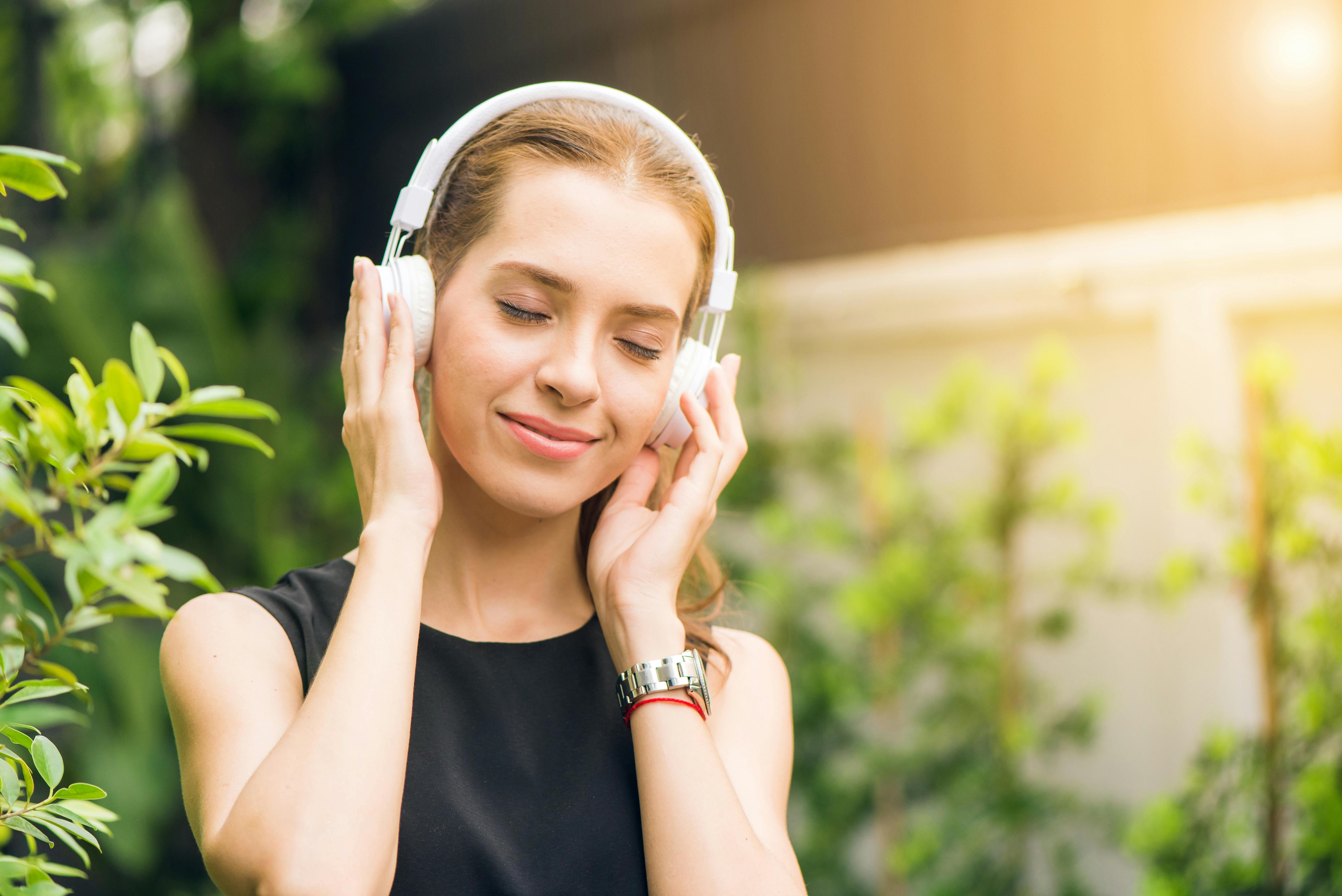The Revitalizing Potential of Sound Healing: A Wellness Trend Reconsidered
The growing inclination towards self-care and mental wellness has brought an ancient practice back into the limelight. Sound healing, a therapeutic modality rooted in indigenous cultures worldwide, now finds itself in the mainstream conversation of wellness and self-care.

The Historical Context of Sound Healing
The use of sound as a therapeutic instrument can be traced back to prehistoric times, where indigenous tribes used chants, drumming, and singing bowls in their healing rituals. These cultures believed that illness was a manifestation of disharmony within the body, and sound was used to reinstate balance.
In Ancient Greece, Pythagoras, the renowned mathematician, was also a keen advocate of sound healing. He believed that music, with its mathematical precision and harmonic ratios, had the potential to heal the body and soul.
The Modern-Day Resurgence
Fast forward to today, and sound healing has seen a resurgence. The current wellness sphere is teeming with sound baths, gong therapy, and singing bowl meditations. This revival of sound healing is driven by the increasing interest in holistic wellness practices that bring about mental clarity and emotional tranquility.
Experts suggest that the rise of sound healing is a response to the noise pollution that pervades our daily lives. The constant barrage of noise, both physical and digital, leads to heightened stress levels. Sound healing offers an oasis of calm, enabling individuals to disconnect from this noise and reconnect with themselves.
Benefits and Market Relevance
Sound healing, at its core, is a meditative practice. The harmonic sounds produced during a session are believed to shift brainwaves from a beta state, associated with normal waking conditions, to an alpha or theta state, associated with deep relaxation and meditation.
This shift in brainwave state enables deep relaxation, which can reduce stress and anxiety, improve sleep, and enhance overall wellbeing. These potential benefits align perfectly with the current wellness market’s focus on mental health and self-care.
In terms of market relevance, sound healing fits into the burgeoning wellness tourism industry. Wellness retreats worldwide are offering sound healing sessions as part of their packages, contributing to the market growth of this ancient practice.
The Industry Impact
The rise of sound healing has paved the way for a niche market of sound therapy tools. Various kinds of singing bowls, tuning forks, and gongs are now available for personal use, giving individuals the opportunity to practice sound healing at home.
Moreover, the incorporation of sound healing into wellness retreats and spas has broadened the scope of services these establishments can offer. This diversification not only enhances customer experience but also positively impacts the industry’s revenue.
An Evidence-Based Approach
While the benefits of sound healing are largely anecdotal, emerging research suggests potential physiological benefits. A study published in the Journal of Evidence-Based Integrative Medicine found that sound meditation helped reduce tension, anger, fatigue, and depressed mood in participants.
However, more scientific studies are needed to fully understand the impact of sound healing on physical and mental health. As interest in this practice continues to grow, it’s vital that its claims are backed by solid, empirical evidence.
In conclusion, sound healing is a fascinating wellness trend that combines historical reverence with modern relevance. While more research is needed to substantiate its benefits, the practice holds promise in promoting relaxation and wellbeing, making it a worthy addition to the evolving landscape of beauty and fitness.





